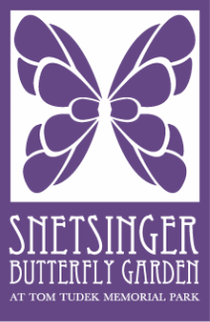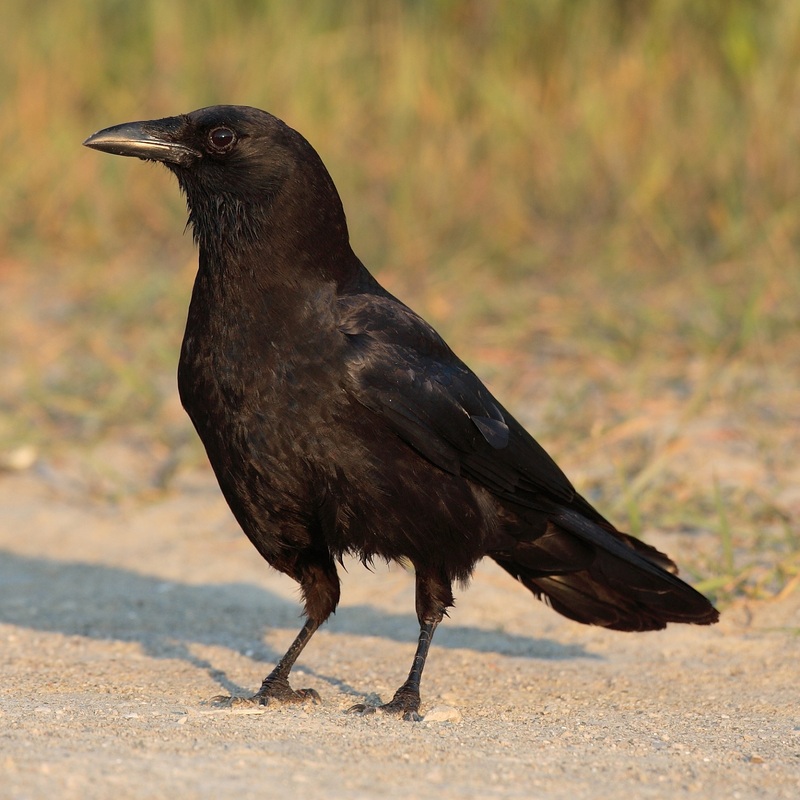american crowCorvus brachyrhynchos
Identification:
This familiar, large all black bird has a sturdy black beak, a scaly appearance on its black back, and brown/black eyes. In flight you can see its “fingers” at its wingtips. Behavior: The American Crow is a highly social bird, almost always found in flocks. A ground forager, it is omnivorous, opportunistic, and clever; scientists have even observed crow individuals using tools. Crow baby raising is collaborative – not just the adults but young adults and even nieces and nephews help care for new hatchlings. The bird has many vocalizations but the most familiar is the “caw” sound. Crows are famous (or infamous depending on your point of view) for gathering in huge flocks in wintertime. Groups of crows will harass hawks, screaming all the while, alerting prey to scurry for cover. What brings it to the SBG? Food, cover, nesting sites, perhaps roosting spots. Crows thrive in open habitat with trees nearby – exactly the habitat available at Tudek and SBG. Crows will eat just about anything, so any seeds, insects, invertebrates, and even small birds or animals (dead or alive) at SBG are fair game. They nest in tree crooks quite high up. When can I see it? Year-round. |


